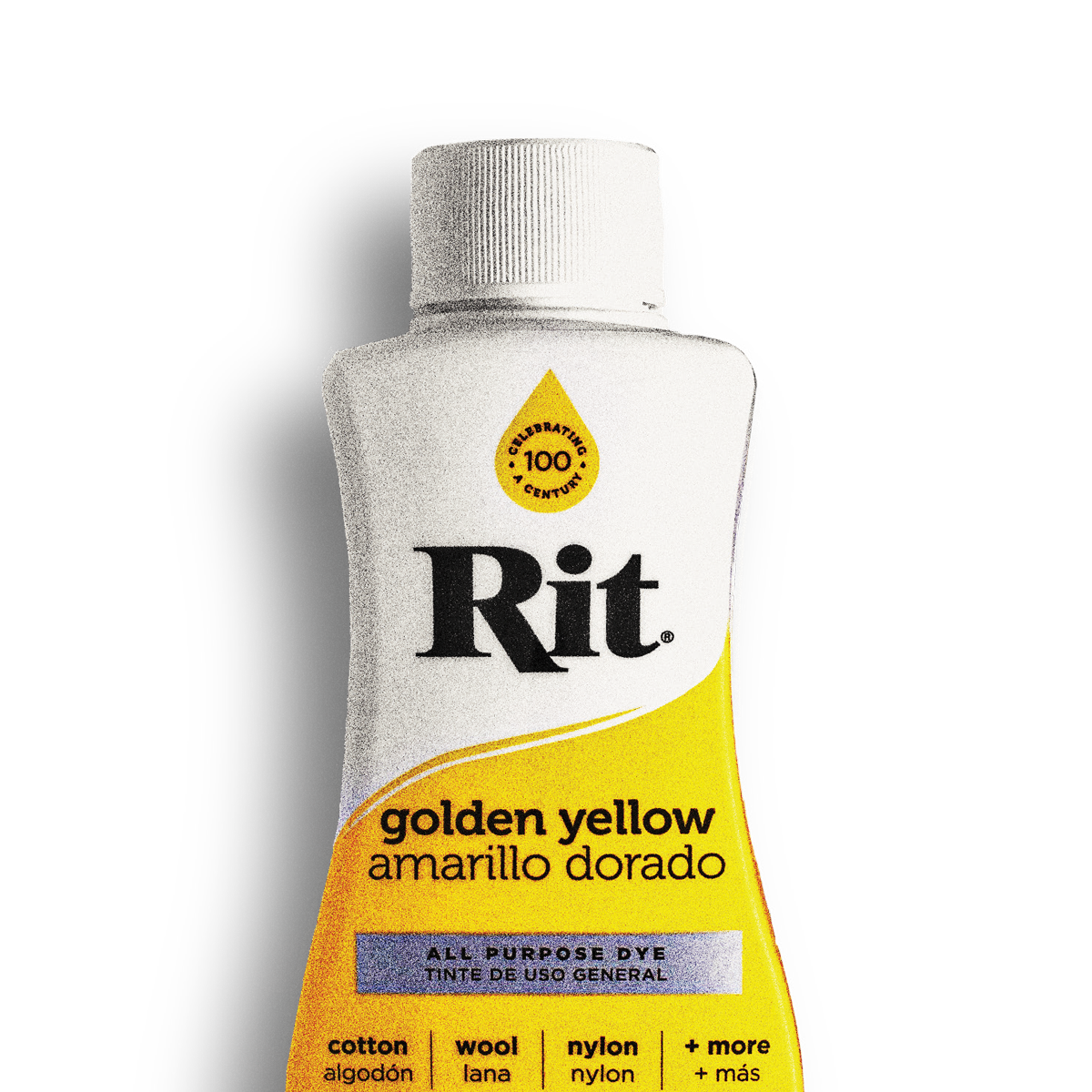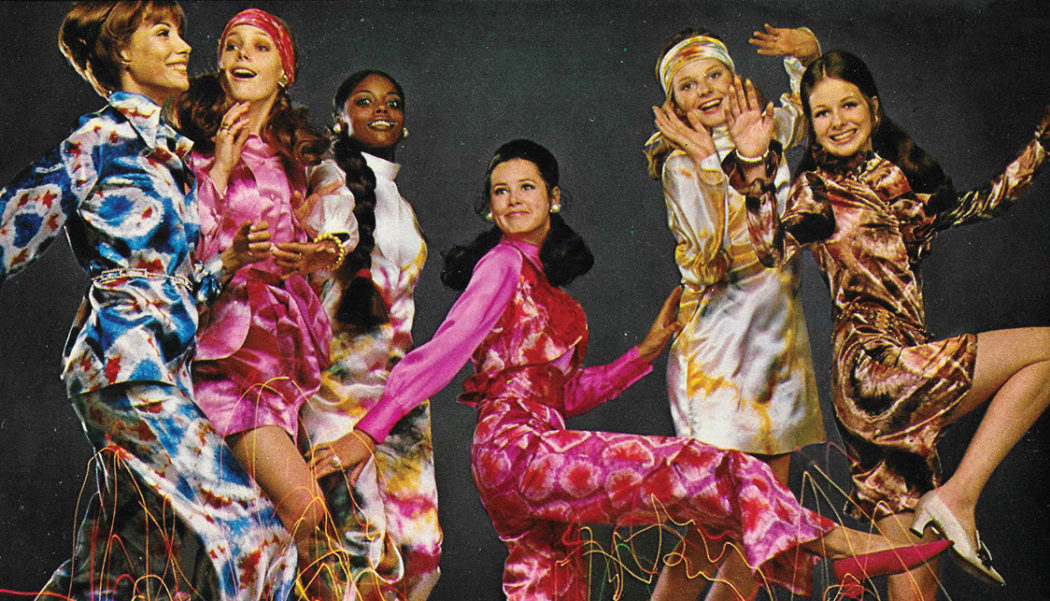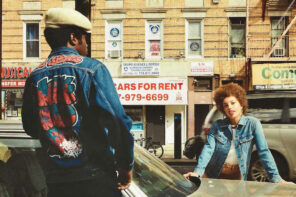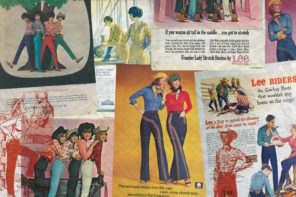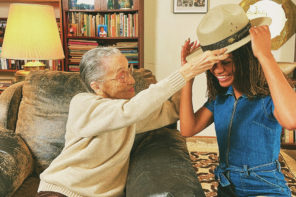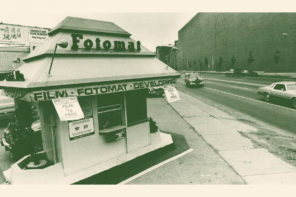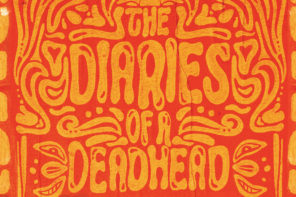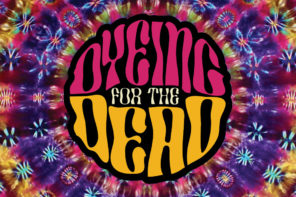
If upcycling your clothes is cool, consider Rit Dye to be Joan Baez.
The 100+-year-old dye-making company was helping to do the right thing long before the days of Jimi, Janis, and Lennon. Whalebone Magazine reached out to the Chicago-based Rit crew, who helped bring tie-dye into existence, about partnering up for this mighty fine publication that you’re reading. The Rit Dye crew was kind enough to get involved and take a moment to educate us on the history and story of how they’re helping to bring a little more color and joy to the world.
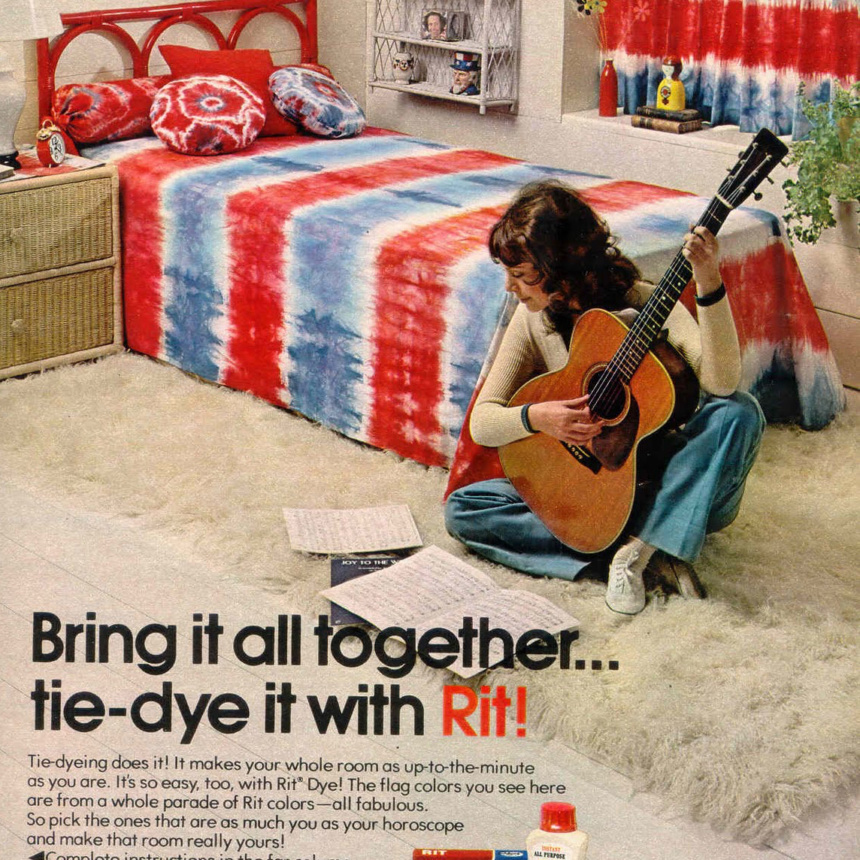
Bring it all together… tie-dye it with Rit!
Whalebone: What is the history of Rit Dye? How did it first get started?
It started in 1918, just before WW1 ended, and soon after the United States was cut off from its main supplier of fabric dye, Germany. That’s when Charles Huffman created Rit Dye—named in honor of Louis L. Rittenhouse, a close friend who would later become Rit’s first Vice President in America. From that point and prior to the ’60s, fabric dye was mostly used for dyeing solid items and changing the color of clothes and other fabrics like bedding and curtains. Essentially upcycling, which is the original reason for Rit’s existence. Fast fashion did not exist then. Clothing was much more valuable. So it was important to keep your clothes looking fresh for the long run.
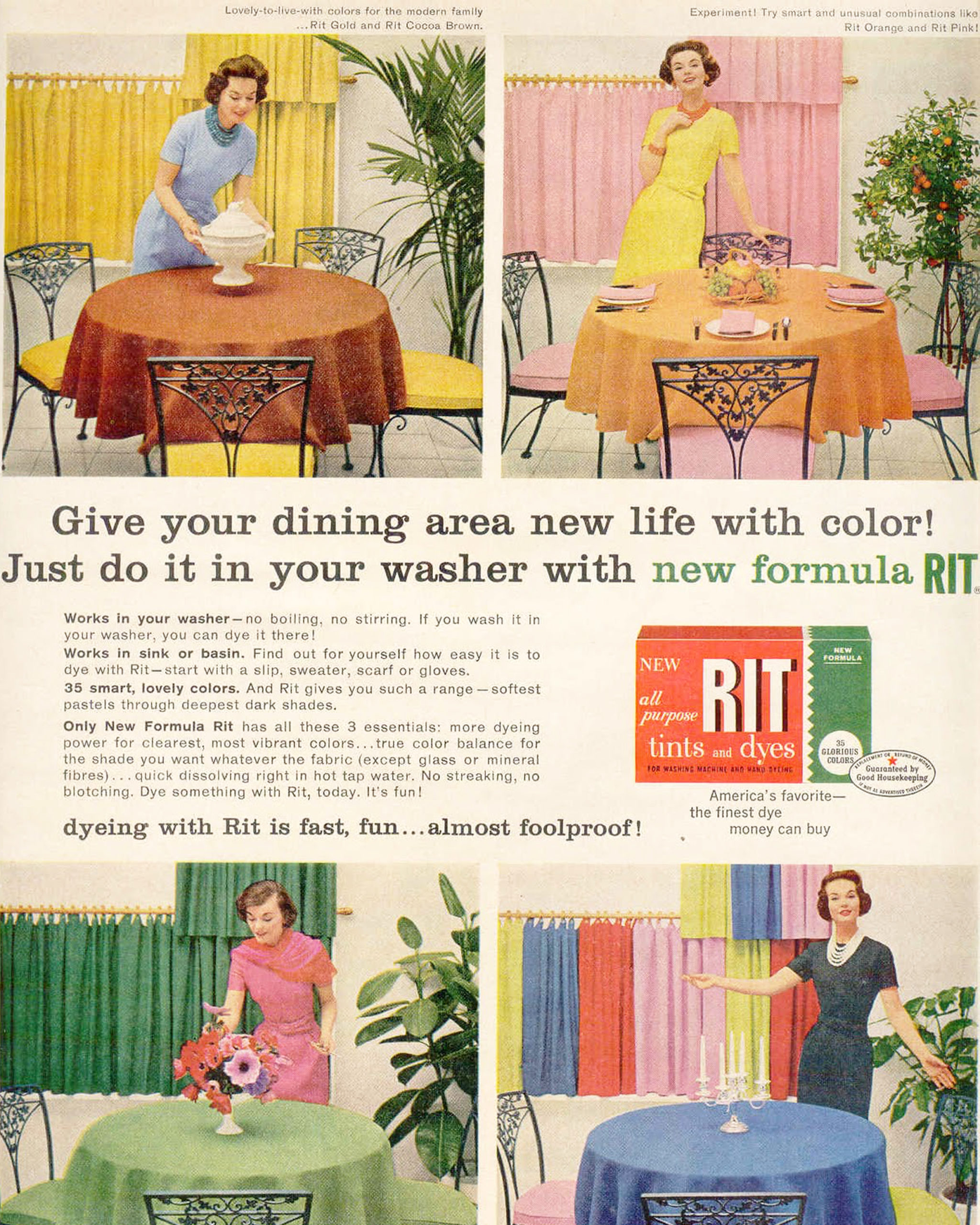
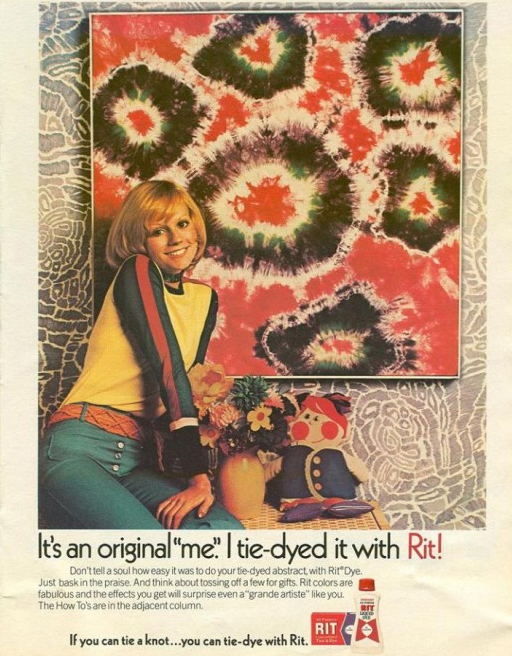
WB: How did Rit Dye and Woodstock come to know each other? Is there a story?
Youth culture propelled Rit’s evolution in the ‘60s. The company was rumored to be on the verge of bankruptcy when Don Price, a marketing executive at Rit, introduced the brand to creative types in Greenwich Village. After hearing about a music festival to be held in Woodstock, New York, in 1969, Price funded and contracted artists to make several hundred tie-dye shirts to be sold there. As a result, many of the musicians, including Janis Joplin and Joe Cocker, wore tie-dye while performing. Don’s efforts also included wooing celebrity fashion designer Halston, who bought tie-dyed fabrics from locals to create iconic outfits for the likes of Ali MacGraw and Marisa Berenson.
WB: Why do you feel that hippies and counterculture decided to go with tie-dye as their armor of choice?
‘50s fashion was very uniform and rigid. Tie-dye represented the opposite of that, a rejection of the conservative forms of appearance that were imposed on the prior generation. Each design was unique and colorful and preached love and compassion.
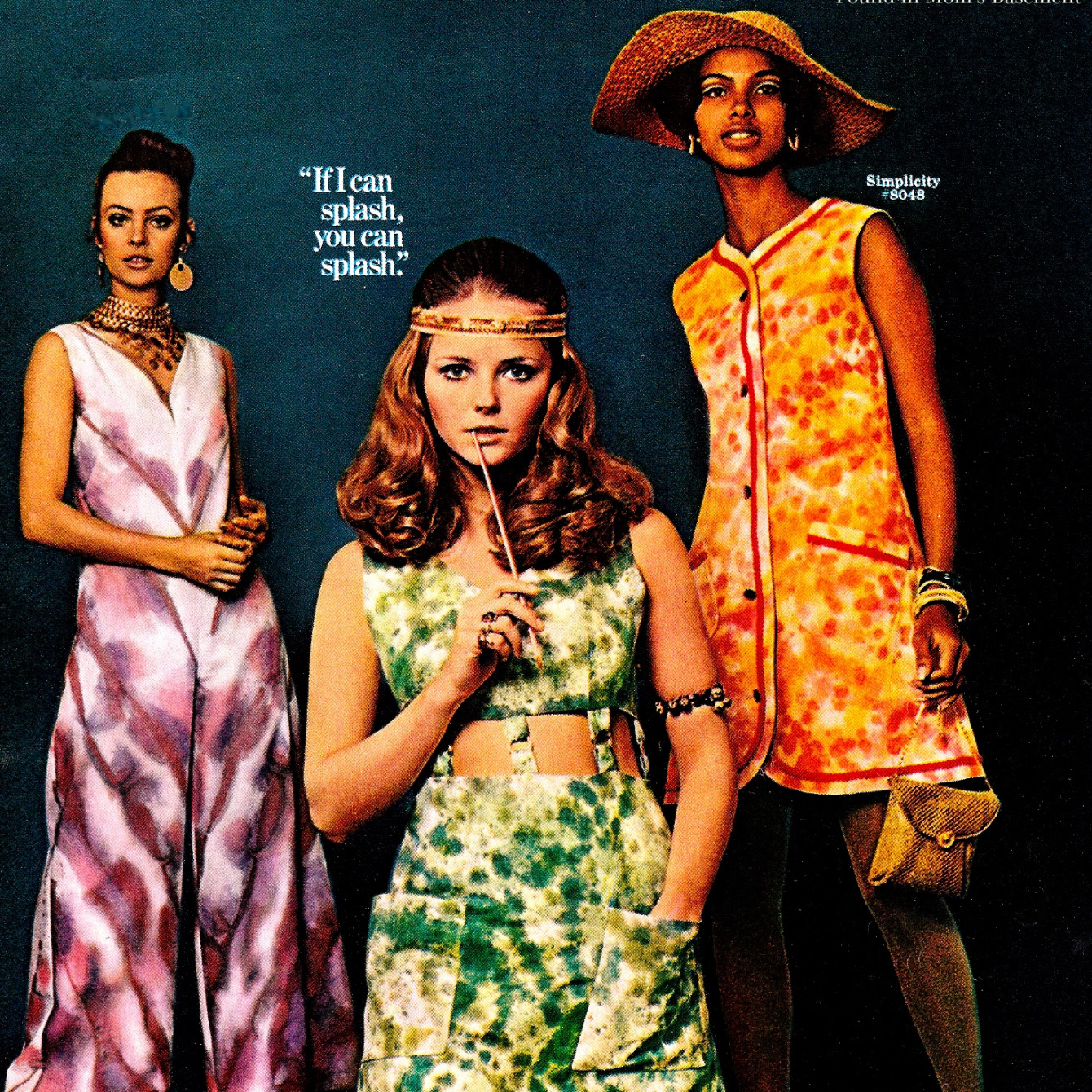
WB: Rit Dye seems to have always been a socially conscious product, whether intended or not. What are some of the benefits of Rit Dye and how do you see the clothing industry moving forward?
Upcycling has been at the core of our existence since the 1910s. Back then it was all about ensuring that you keep your clothing long-term and dyeing clothes was a way to prolong its life cycle. Fast fashion has been on the rise for the last couple of decades and recently people have started to realize how horrible it is for the environment. According to an EPA study, 85% of the clothes you donate end up in a landfill or incinerator. We’re seeing that people are now actively looking for ways to slow down that cycle. Living a sustainable lifestyle is cool and we love that. The traditional method of dyeing your clothes to revive the color is tried and true, but there are so many cool and creative ways to use dye to upcycle your clothing so it takes on a completely new life.
WB: Color theory suggests that different colors make us feel and act in certain ways. What’s your favorite Rit Dye color and how do you feel about it?
Our new shade Marigold that’s coming out next year is our new favorite. We’re obsessed with its earthiness and warmth.
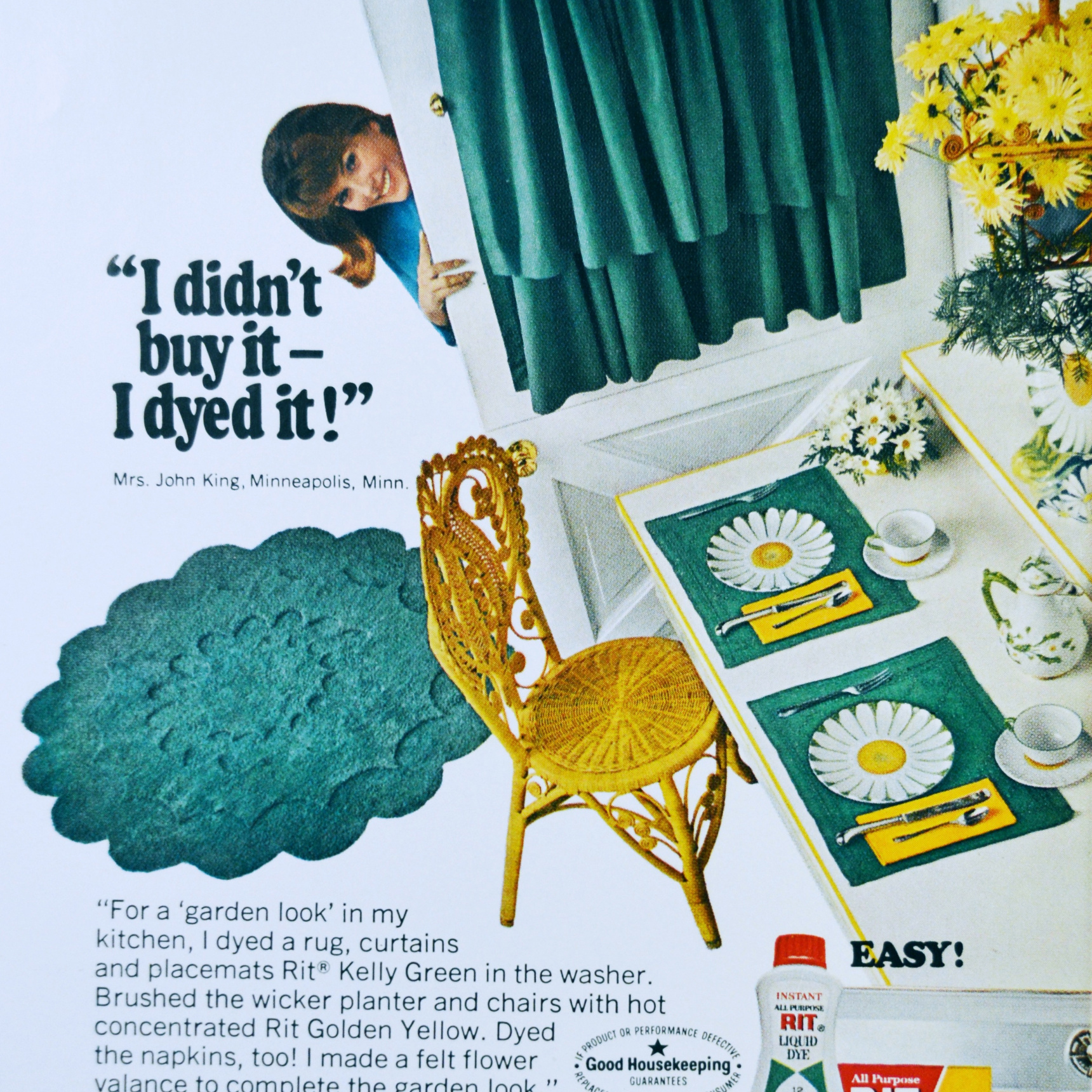
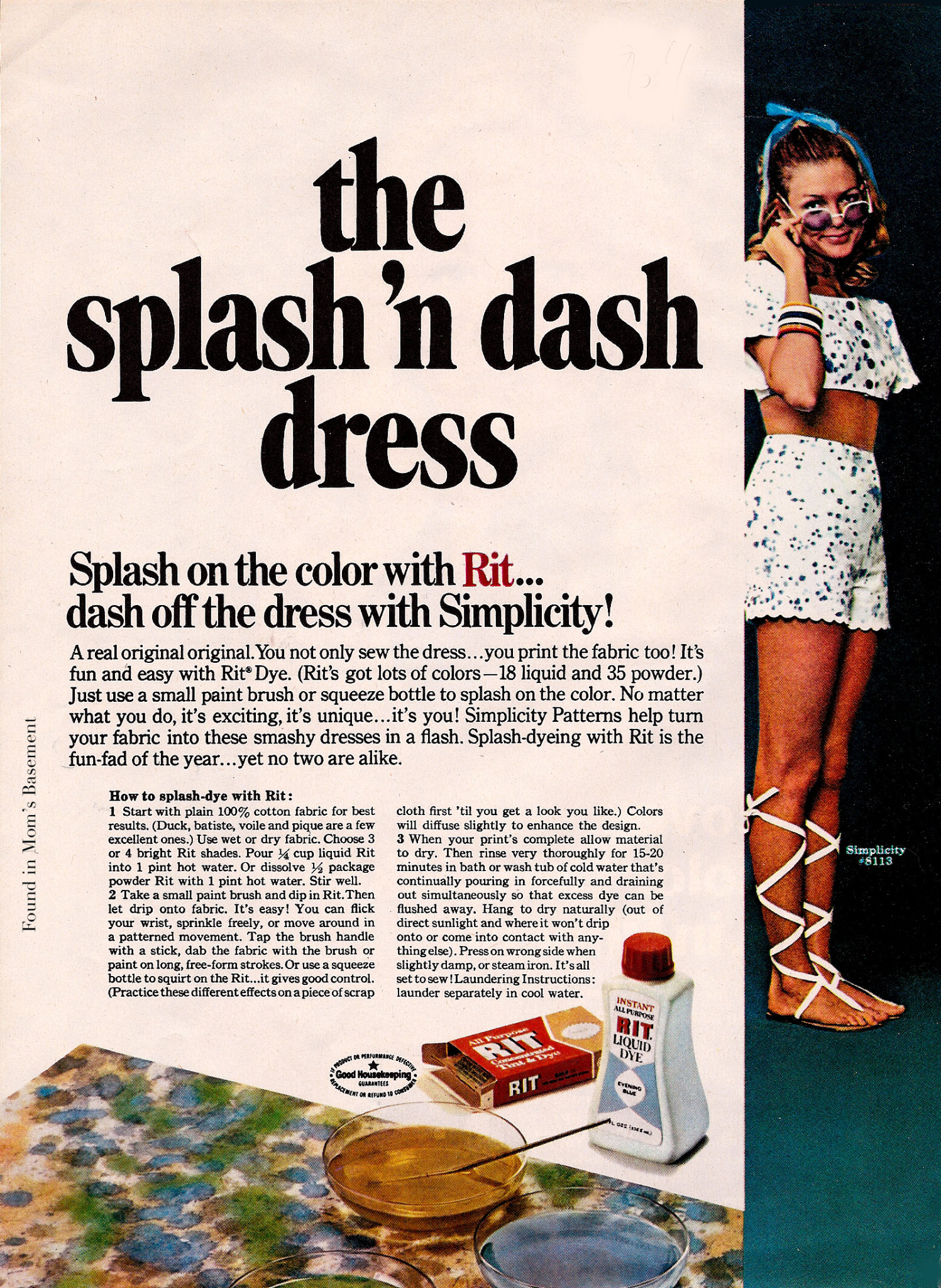
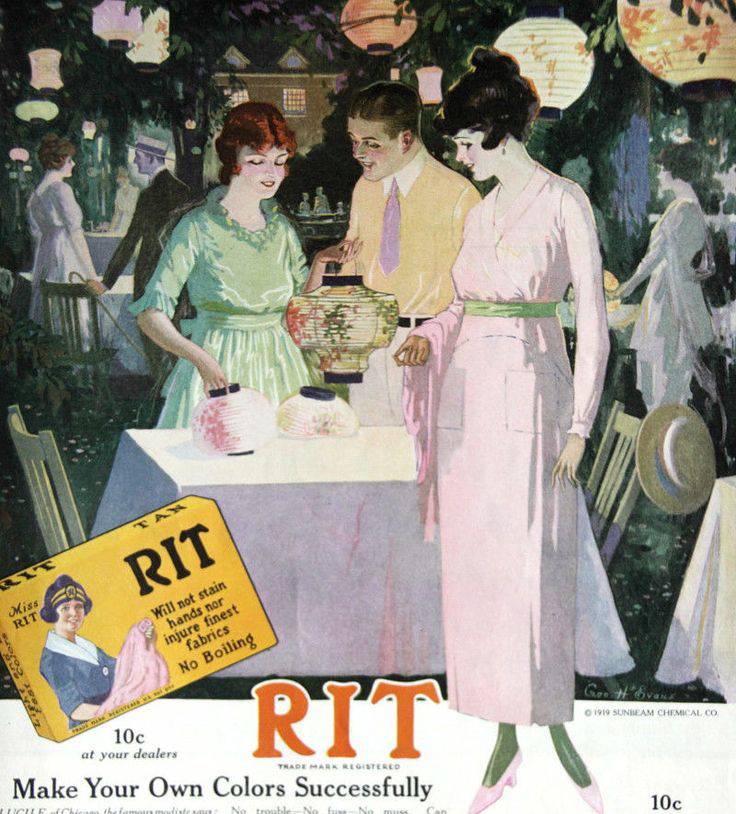
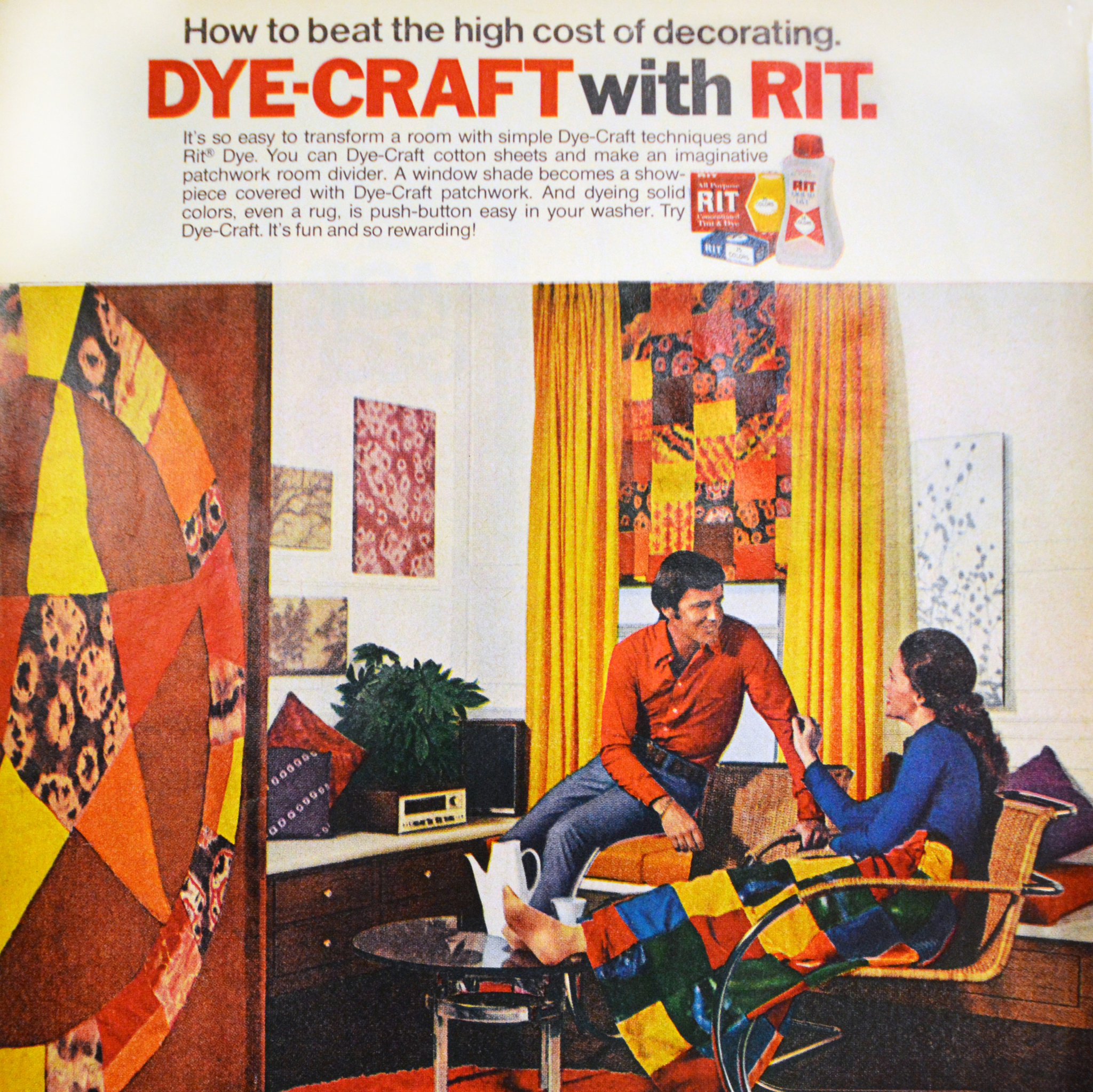
WB: Nothing lasts forever. Wavy Gravy said that to us earlier in this magazine. If Rit Dye could be known for one main thing, what would it be known for?
Listen, we pride ourselves on being a lot of things. We love that we’re a tool that people use to create a more sustainable lifestyle and try to spread that message as much as possible because we all personally believe in it. That being said, there’s no denying that tie-dye is what we’re known for and we couldn’t be more proud to be a significant part of the origin of tie-dye in America.
WB: Key ingredients to a DIY home tie-dye kit? Can anyone do it?
At the very VERY minimum, you could technically tie-dye with just water and dye. If you want to tie-dye with multiple colors, we recommend having squeeze bottles, rubber bands (which most people have laying around the house) and we also always recommend gloves as things can get messy.
A baking rack is also a great tool so the dye doesn’t puddle under the fabric you are dyeing. Last year we created a home tie-dye kit that includes squeeze bottles, gloves, rubber bands, and even a microwaveable tray to set the dye…it’s basically a one-stop shop for everything you need to get started.
And yes, really anyone can do it. Our Creative Director’s 3-year-old son loves tie-dyeing as does his 75-year-old mom. It’s such a fun way to bring out a bit of creativity in any kind of person…however far you want to go with it is up to you.
WB: Best place to pick up or order Rit Dye?
Craft stores like Blick, Michael’s, and JOANN’s usually have the best selections of our dyes, and of course at our site. To learn more about tie-dyeing visit ritdye.com.
